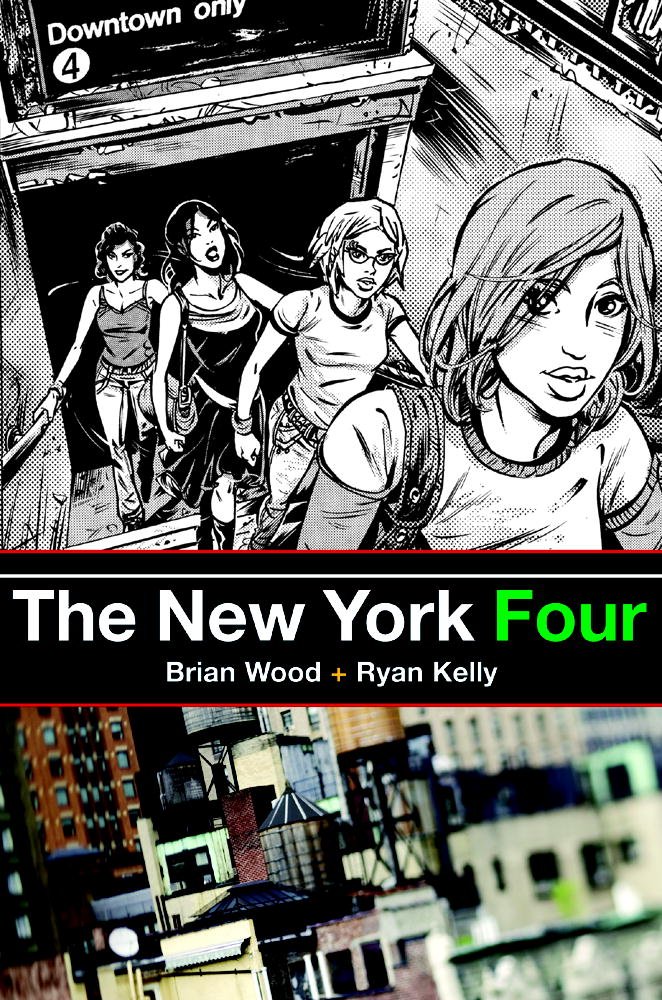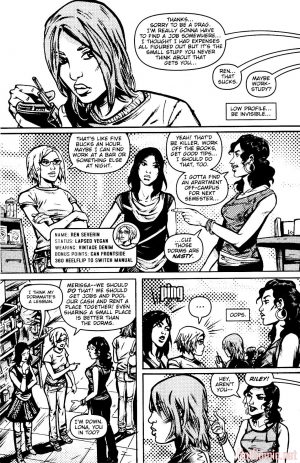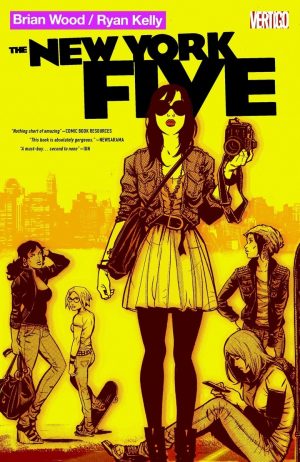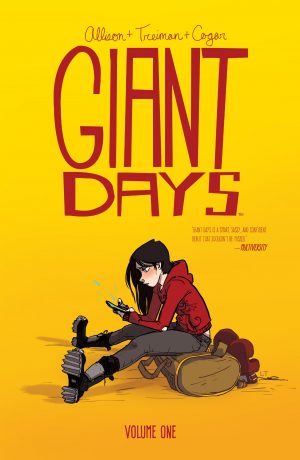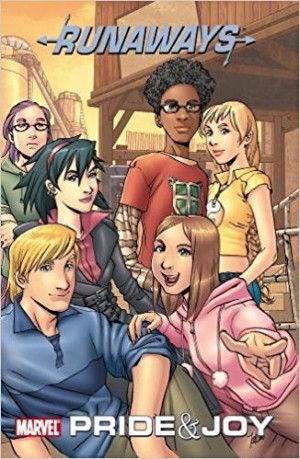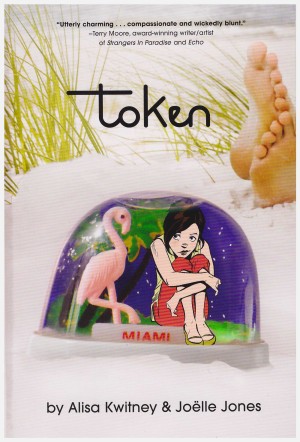Review by Frank Plowright
There’s a lot of clever characterisation going on Brian Wood and Ryan Kelly’s young adult series about four students adjusting to life during their freshman year at NYU. In order that you come to know the cast as well as interacting with each other, they feature in video interviews, and are introduced with text profile boxes. The way in is via Riley Wilder, daughter of overly ambitious parents, but shy enough that she’d prefer to communicate by text than in person, and she’s centre stage during the opening chapter, after which the cast broadens a little further, but she remains the major focus.
Almost acting as tour guides to the city, Wood and Kelly label the locations, including brief descriptions of why they’re special, and deliberately tailor the story to feature as many as possible. Riley’s assessments of her classmates are scattered throughout, and we learn that however cool they might have seemed to Riley in the first place, they all have their problems. Wood’s clever method of revealing this is to contrast the interviews they do for money with the truth of their behaviour, but in comparison with the time spent on Riley, the other three primary cast members are given short shrift. Ren has a couple of nice character moments, but Lona and Merissa suffer and consequently come over as somewhat one-note. New York Four was intended as the introduction to a series however, so it’s not a fatal flaw, and they receive more camera time in the subsequent New York Five.
There is one big problem with New York Four. Kelly’s a really good artist who’s spent a lot of time producing great illustrations of the locations and has a fine naturalistic way with the cast. They move like real people and their expressions have a natural look to them, but when it comes to their designs he drops the ball. Kelly differentiates the cast, but every woman featured is drop dead gorgeous, of a similar slim body type and their insecurities are less convincing for it. Similar territory is covered in Wet Moon, but there the cast are so much more true to life, and it renders them more believable as people.
On the whole, though, as teenage drama, this works well. Riley is appealing, reflects the inner feelings of the intended audience, and the script moves her through a series of events that provide an awkward tension. Dark Horse later combined this with the sequel in a single edition, and that’s the best way to sample it now, not least because it better represents Kelly’s generally excellent art by being the usual graphic novel format rather than this small paperback.
